
Stro.ke Emergency Response
Stro.ke Emergency Response: 6 Critical Actions to Take Immediately — and 3 You Must Avoid to Save a Life
Every second counts when someone is having a stroke. Recognizing the signs early and responding swiftly can mean the difference between full recovery and permanent disability—or even death. When a loved one shows symptoms of a stroke, your actions in the first few minutes are absolutely critical.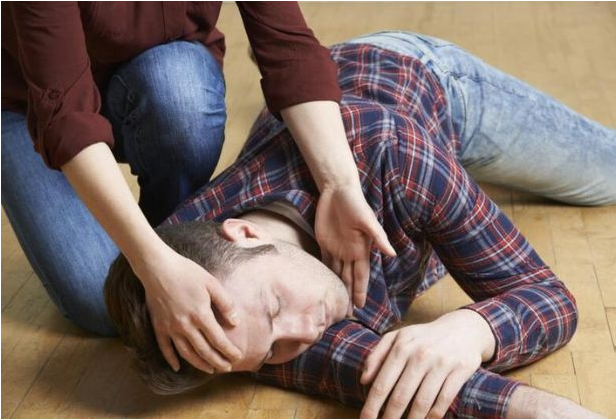
Medical experts call the first 3 to 4.5 hours after stroke symptoms begin the “golden window” or “golden hour.” During this time, prompt treatment can significantly improve survival chances and reduce long-term damage. Here’s what you need to know:
First, Know the Signs of a Stroke
Use the acronym FAST to remember the most common symptoms:
-
F – Face drooping: One side of the face may look uneven or droop. Ask the person to smile.
-
A – Arm weakness: Can the person raise both arms? One arm may drift downward.
-
S – Speech difficulty: Slurred or strange speech? Ask them to repeat a simple sentence.
-
T – Time to call emergency services: If you notice any of these signs, call emergency help immediately.
6 Life-Saving Things You Must Do Immediately
1. Call Emergency Services Immediately
This is the most critical action. Do not try to drive the person to the hospital yourself. Call an ambulance so paramedics can begin treatment en route and ensure the patient goes to a hospital equipped for stroke emergencies.
2. Keep the Person Calm and Still
Ask the person to lie down on their side with their head slightly elevated. This helps maintain blood flow to the brain and prevents choking if vomiting occurs. Keep them as still and calm as possible to avoid further pressure on the brain.
3. Note the Time Symptoms Began
Doctors need to know when the stroke symptoms started to determine whether clot-busting drugs or other treatments can be used. Write down or remember the exact time—even if it’s an estimate. This timing is crucial.
4. Check for Breathing and Pulse
Make sure the person is breathing and has a pulse. If they stop breathing, begin CPR if you’re trained to do so. Every second of oxygen lost puts more brain cells at risk.
5. Remove Any Obstructions
Loosen tight clothing like ties, scarves, or belts. Remove dentures or anything that could block the airway. Clear the space around them to prevent injury in case of a fall or seizure.
6. Stay with the Person and Monitor
Until emergency personnel arrive, do not leave the person alone. Monitor their breathing, consciousness, and symptoms. If they lose consciousness, roll them gently onto their side to prevent choking.
3 Things You Should NEVER Do
1. Do Not Give Food, Drink, or Medication
Even if the person asks for water or medicine, do not give them anything by mouth. A stroke can affect their ability to swallow, increasing the risk of choking. Additionally, some medications could interfere with treatment options at the hospital.
2. Do Not Delay Medical Help
Don’t wait to “see if they feel better.” Time lost is brain lost. Every minute that passes means more brain tissue is dying. Some people make the mistake of taking the patient to a clinic or trying home remedies—don’t do it. Call an ambulance immediately.
3. Do Not Let Them Fall Asleep
A stroke can make someone feel suddenly tired or drowsy, but letting them fall asleep could cause them to lose consciousness. Keep them awake and alert, talking to them calmly to prevent further decline while waiting for medical help.
Final Thoughts
Stroke is one of the leading causes of death and disability worldwide—but it doesn’t have to be. The actions you take in the first minutes can save a life and prevent lifelong complications. Learn the signs. Act fast. Share this knowledge with family and friends, because you never know when you’ll need it.
By understanding these 6 must-do actions and avoiding these 3 critical mistakes, you’ll be better prepared to make a life-saving difference.
News in the same category


Man develops 'pork worms' in his br.ai.n after years doing this specific cooking habit

Diabetes can 'show' strange signs in the neck: If you see them, don't ignore them
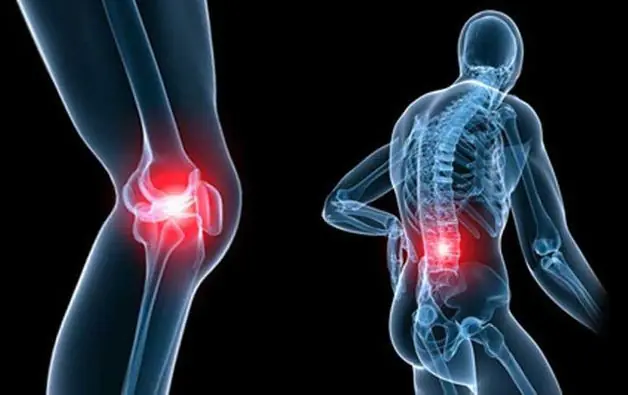
3 Drinks Called the “Calcium Drainers” But Many People Still Love

4 Surprisingly “Clean” Vegetables with Minimal Pesticides
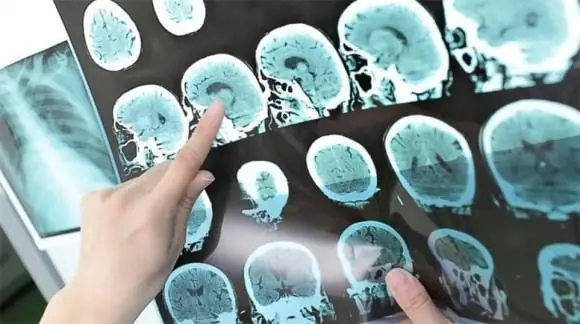
6 Golden Habits to Help Seniors Reduce the Risk of Cerebral Infarction

Want the Health Perks of Coffee? Here’s the Best Time to Drink It
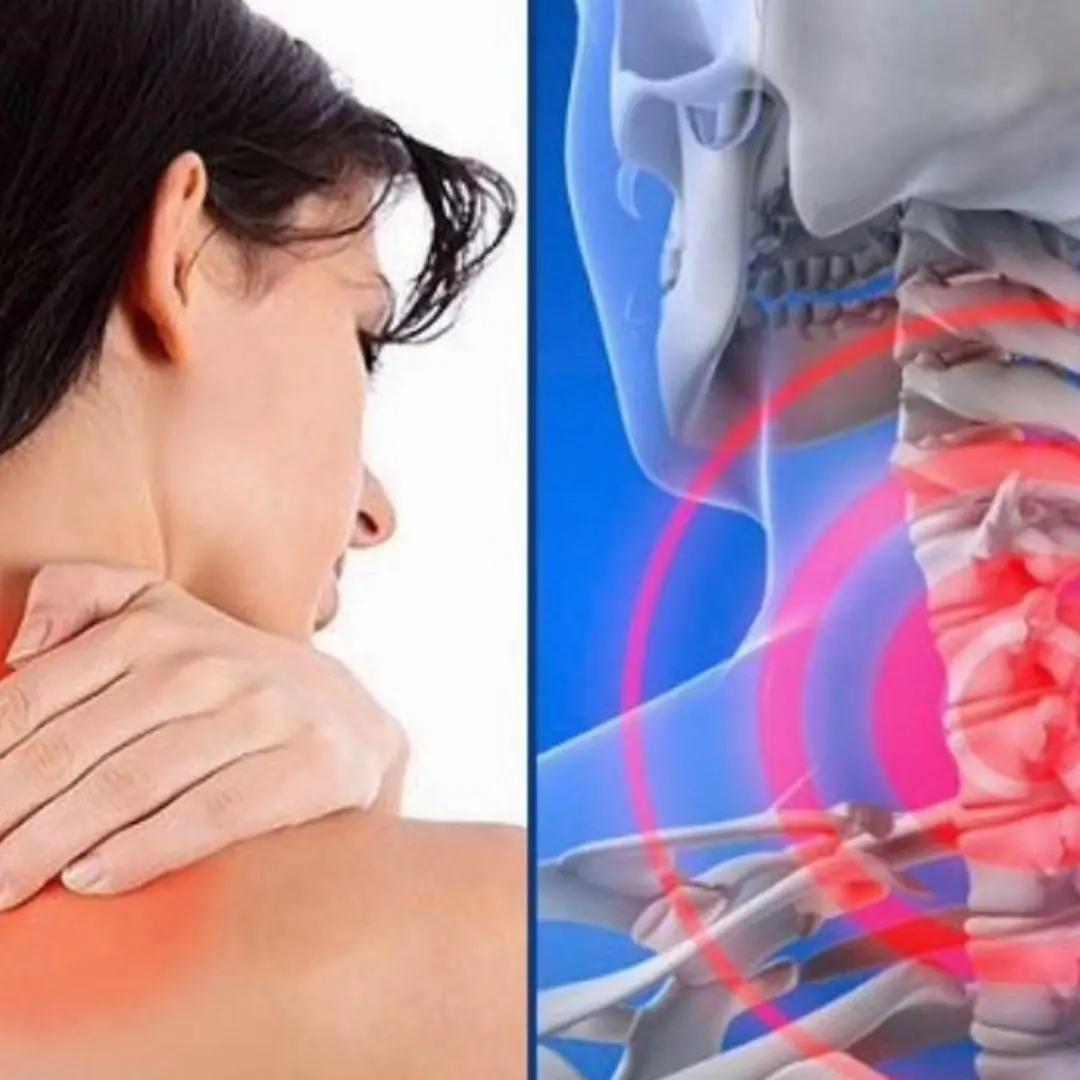
6 things you should absolutely not do when you have neck and shoulder pain because they destroy bones and joints and are terrible for your stomach
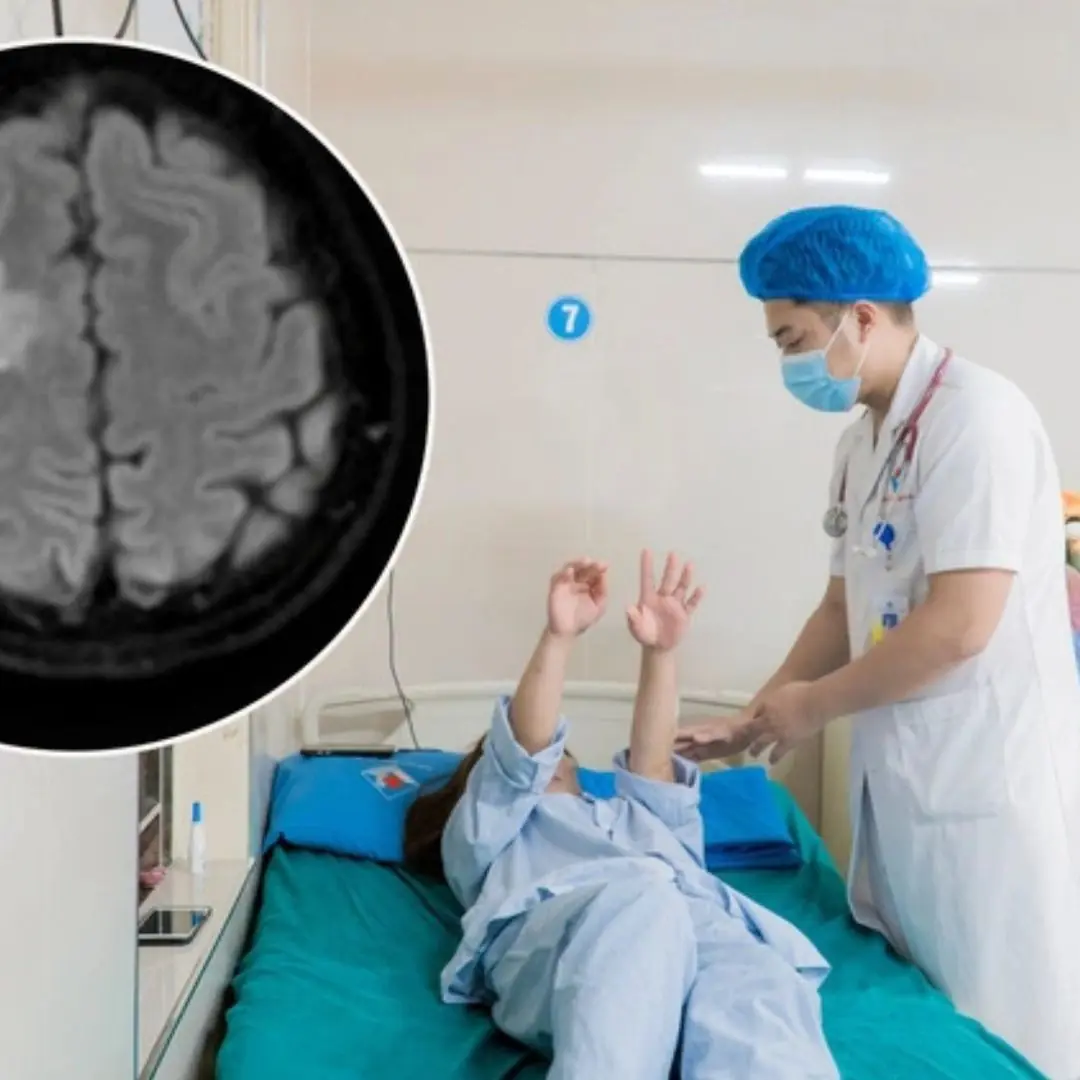
Headache for 5 days, woman suddenly fell to the ground, co.nvulsed, had difficulty speaking

Summer or winter, Japanese people wear socks to sleep — here’s why!
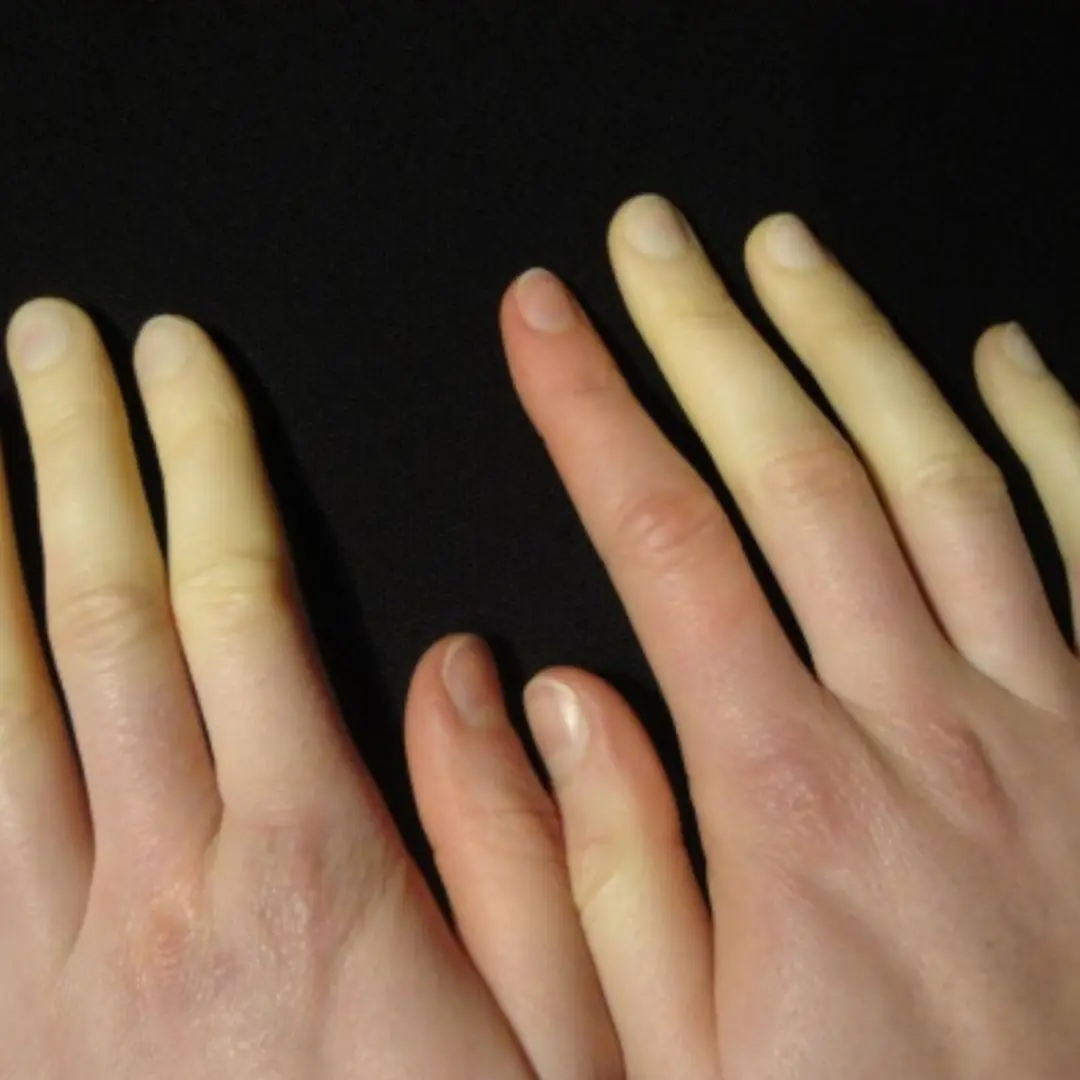
Spot these 10 symptoms? It’s time to see a doctor without delay!
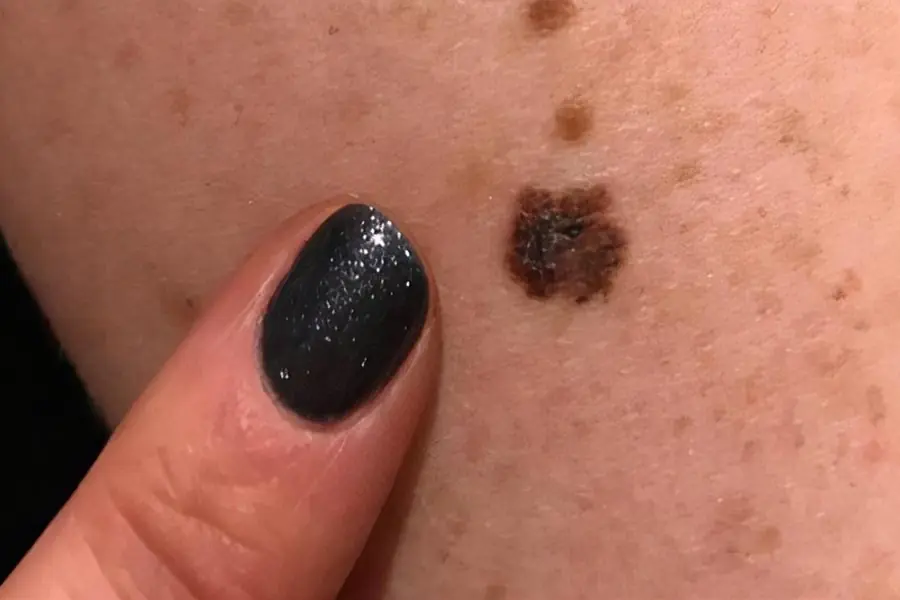
4 Types of Pimples That Could Be a “Disguise” for Can.cer

5 Foods That Become Harmful When Reheated
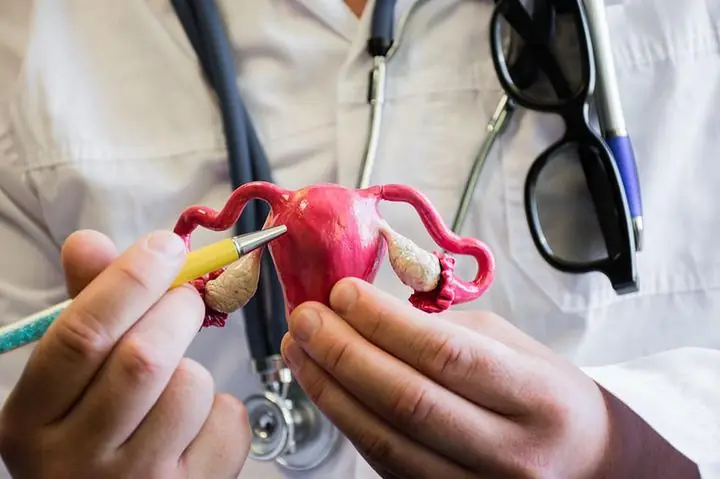
Women Who Regularly Eat These 4 Dishes Won’t Have to Worry About a Cold Uterus

7 Types of Fish High in Mercury: Limit Them No Matter How Much You Like Them

15 Foods That Are Good for People with Hemorrhoids

The Worst Foods for Worm Contamination You Should Know About
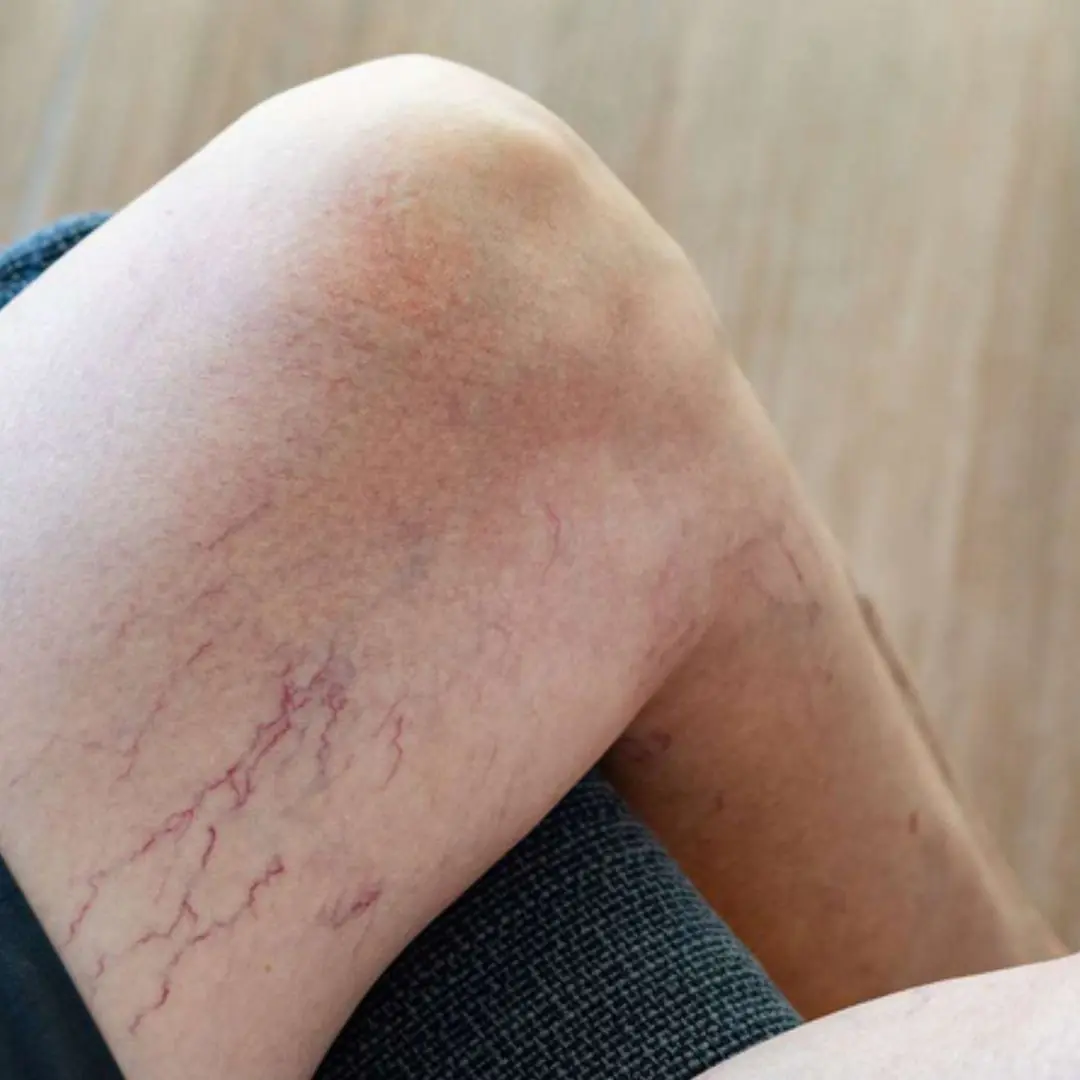
Leg Veins Turning Purple? Here’s What You Need to Know
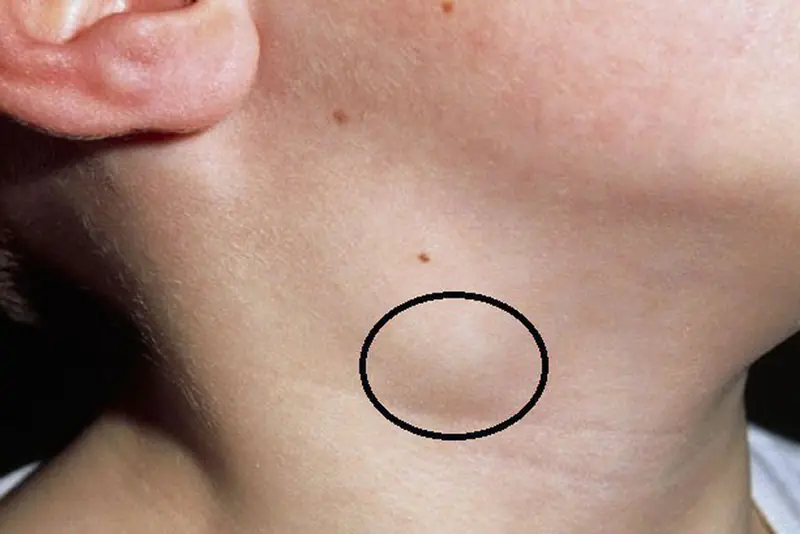
Revealing 6 Obvious Can.cer Warning Signs You Can Spot Just by Looking in the Mirror!
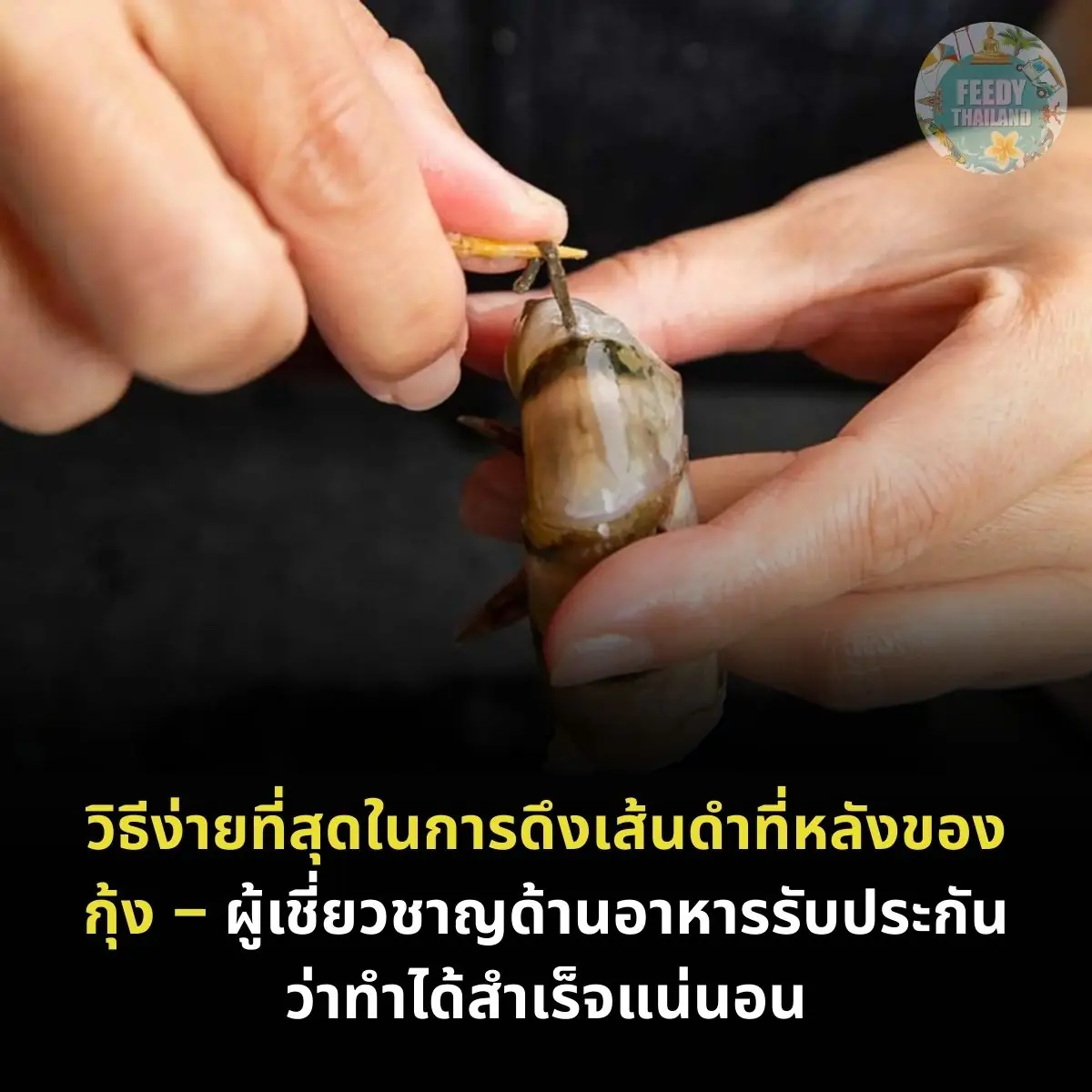
Women on the Verge of “Estrogen Depletion” Often Show 5 Alarming Signs
News Post

Not milk or dried shrimp – this is the real “Calcium King” that many people overlook

Man develops 'pork worms' in his br.ai.n after years doing this specific cooking habit

Diabetes can 'show' strange signs in the neck: If you see them, don't ignore them

3 Drinks Called the “Calcium Drainers” But Many People Still Love

4 Surprisingly “Clean” Vegetables with Minimal Pesticides

3 Lucky Plants That Bring Prosperity and Wealth

6 Golden Habits to Help Seniors Reduce the Risk of Cerebral Infarction

One Part of Chicken Contains Four Times More Cholesterol Than Pork Fat

Sweet Potatoes Are Not Good for These 3 Groups of People

Just hang a handful of these leaves in front of your door - flies and mosquitoes will disappear

Want the Health Perks of Coffee? Here’s the Best Time to Drink It

Taylor Swift and Travis Kelce announce engagemen

Washing Machines Have a Special Mode That Dries Clothes Faster

Flight attendant explains why cabin crew members always sit on their hands during takeoff

6 things you should absolutely not do when you have neck and shoulder pain because they destroy bones and joints and are terrible for your stomach

8 types of plants that attract snakes into the house

Mixing fabric softener with salt: Great use to solve household problems

Headache for 5 days, woman suddenly fell to the ground, co.nvulsed, had difficulty speaking

Summer or winter, Japanese people wear socks to sleep — here’s why!
